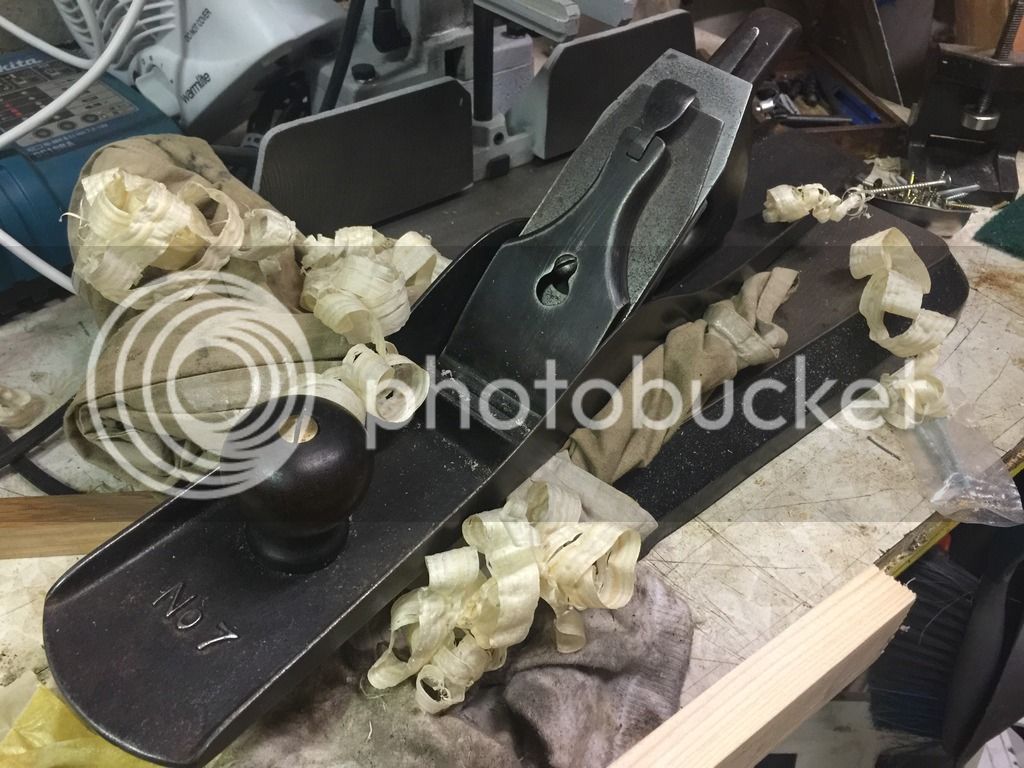BenCviolin
Established Member
Hi,
Looking at the new Chinese size 7 jointers...is there a consensus on which is 'best' ?
Can't afford a Clifton or LN, prefer bedrock to bailey.
I see one has a brass frog, another has a nice brushed stainless lever cap.
7 or 8 would do the job but want to choose the right one...quality wise.
A.
http://www.workshopheaven.com/tools/Qua ... Plane.html
B.
http://www.fine-tools.com/eputz6.html
Many thanks.
(just did another search of this site and found good info on Luban planes. )
Looking at the new Chinese size 7 jointers...is there a consensus on which is 'best' ?
Can't afford a Clifton or LN, prefer bedrock to bailey.
I see one has a brass frog, another has a nice brushed stainless lever cap.
7 or 8 would do the job but want to choose the right one...quality wise.
A.
http://www.workshopheaven.com/tools/Qua ... Plane.html
B.
http://www.fine-tools.com/eputz6.html
Many thanks.
(just did another search of this site and found good info on Luban planes. )



































